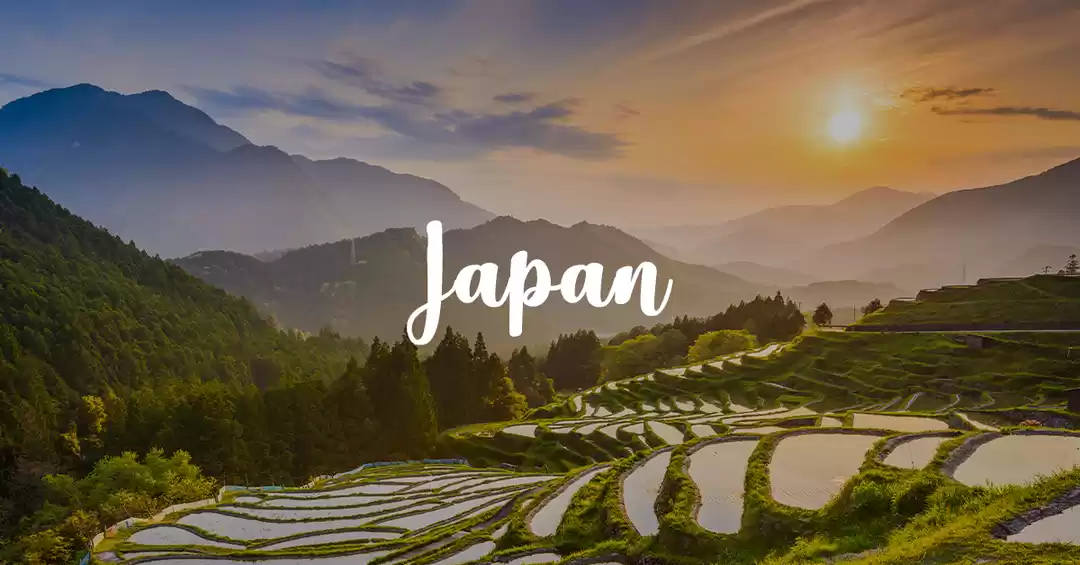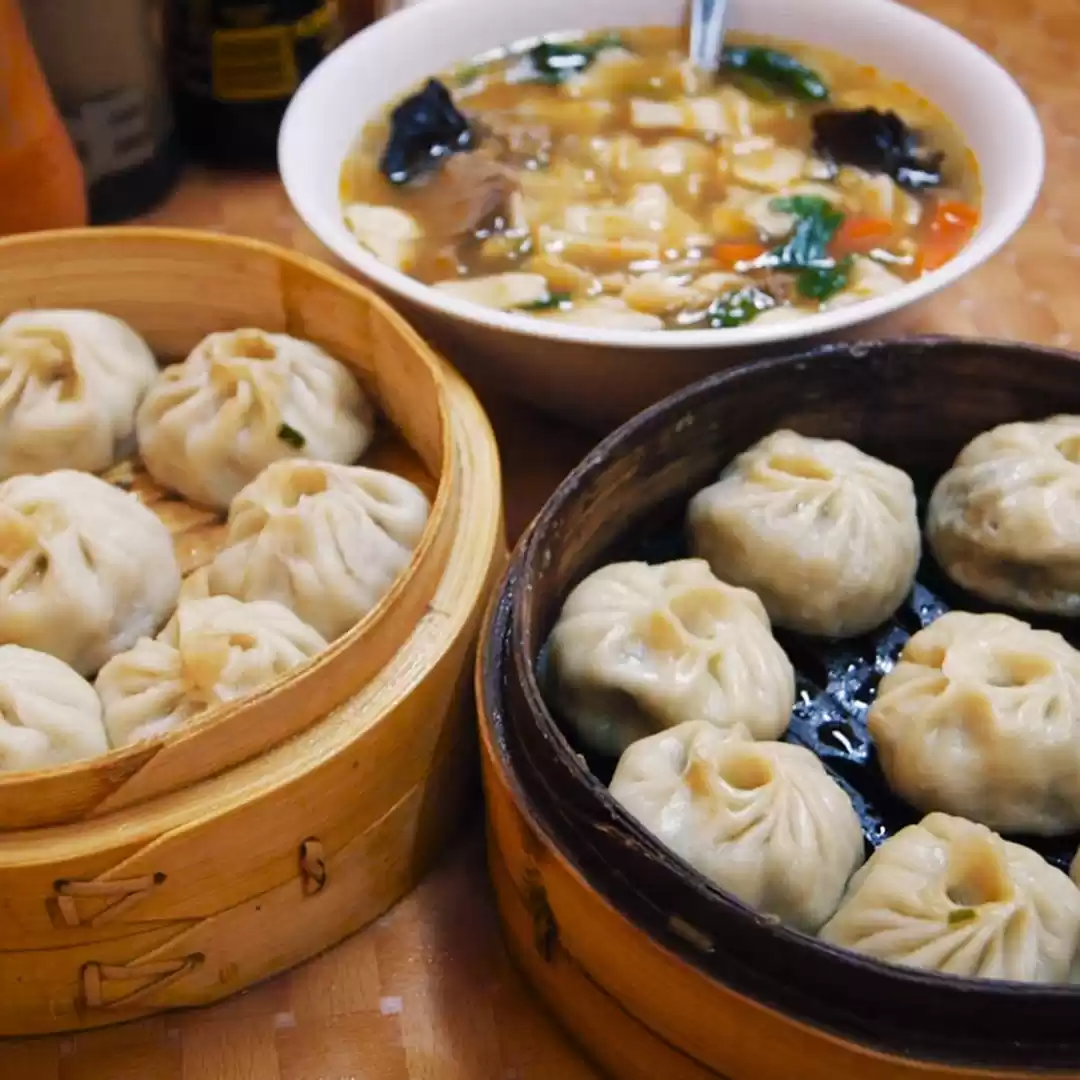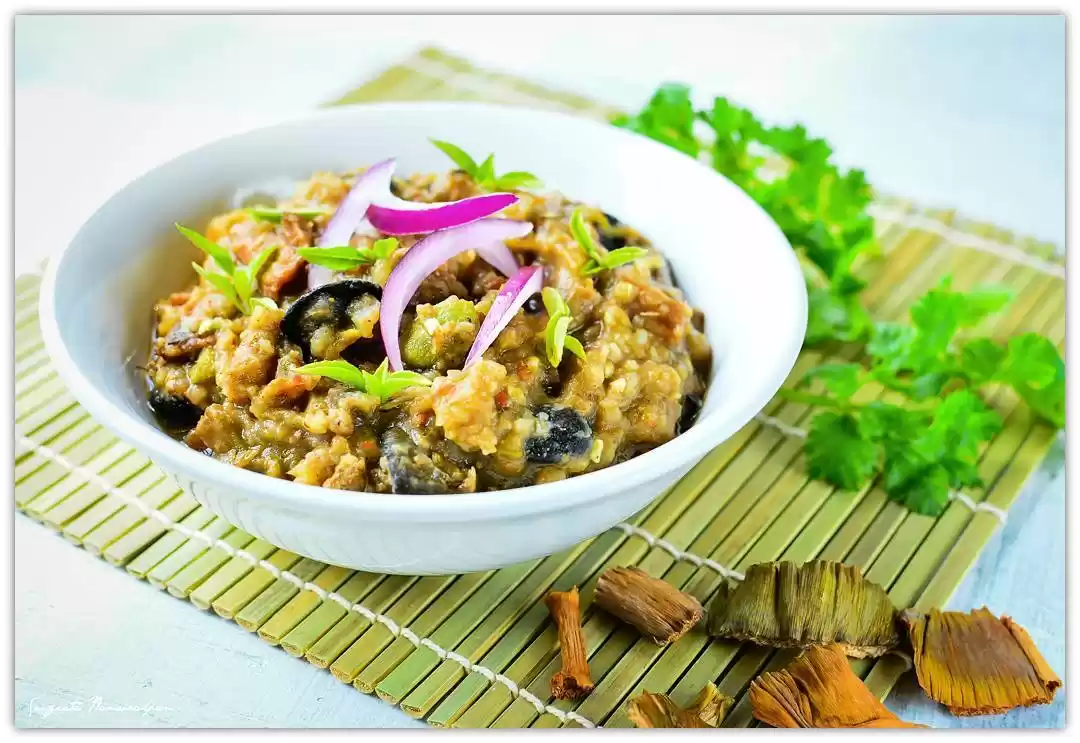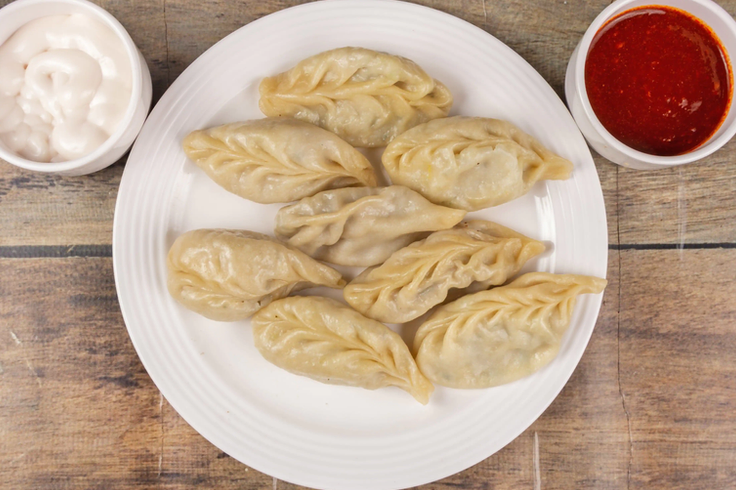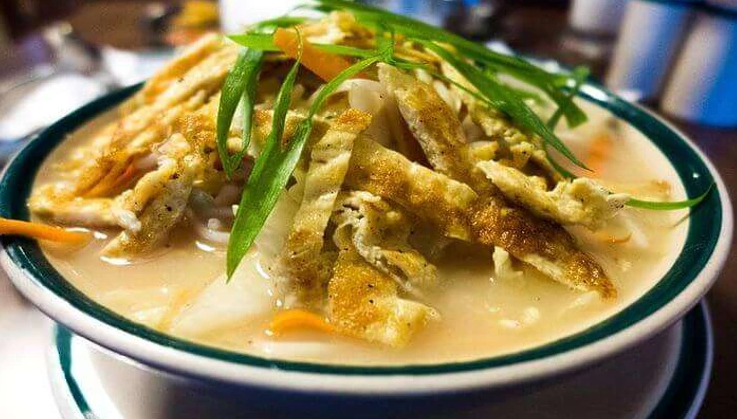
The second smallest and least populous state in India has one of the best cuisines to offer enthusiastic and hungry travelers. The countries from around Sikkim have largely influenced its food choices and some of the most famous dishes are usually those that have been borrowed and modified to suit the likes of the Sikkimese people. Sikkimese flavors include a variety of soups, dumplings, stews, meats and vegetables, here is a list of some of the ‘must try foods’ when on a trip to Sikkim as they bring out the true flavors of this beautiful North Eastern state.
1.Kinema
Indigenous to Sikkim, this delicacy acquires its flavor from the fermented soybean which is also its main component. The conversion of a bland soybean into a flavorful kinema is a long process which involves soaking, boiling, pounding and finally fermenting for a day or two, post which they are sun dried for future use. This dish is usually served as a gravy along with rice or sometimes as a side dish or a dip to be consumed along with rice or bread. Kinema was initially only prepared in traditional Sikkimese homes. However, due to a rise in its popularity with tourists visiting Sikkim very frequently it is now being sold in local markets and even online in a dry form. You can try this dish at any local restaurant as nobody in Sikkim can go wrong with the preparation.
2. Thukpa
Originating from the Eastern parts of Tibet, thukpa is a comfort food that has been embraced by the people of Sikkim like its own. It is so popular in the state as well as among visiting tourists that you will find this dish being served in restaurants throughout the country as chefs from all over try and mimic the rich flavors of the thukpa to the best of their abilities. However, the original thukpa can be relished only in Sikkim. Served in both vegetarian and non-vegetarian forms, this delicious noodle soup is made from a blend of onions, garlic, chillies, spice and a hint of tart. Served with chopped vegetables, meat or eggs, the thukpa could probably be one of the best soups that exist and is a definite must try on a trip to Sikkim, especially on a chilly evening.
3. Dhindo
Flour in its best form! That is the true definition of the dish dhindo. Cornflour, wheat, buckwheat or millet flour make the base of this flavor packed Sikkimese combination where these flours are added to boiling water along with ghee and stirred continuously in an iron pan until it reaches the consistency of the final product, dhindo. Originally from Nepal, Dhindo has made a place in the hearts of the Sikkimese people with no trouble at all. It is considered a traditional delicacy and is often enjoyed by visiting tourists to their heart's content. Dhindo is a staple porridge for the people of Sikkim and Nepal and is often paired with pickles, vegetables and yogurt. The best way to eat Dhindo is when it is piping hot, otherwise it can turn into a sticky clump as it cools. Do add this to your list of must try's on a visit to Sikkim.
4. Tongba
A traditional alcoholic beverage of the Eastern people of Nepal, tongba is also popular in Sikkim. This drink is obtained from the fermentation of millets aided by the addition of yeast. Prepared locally in distilleries as well as traditionally in homes, this fermented beverage is available all over Sikkim. What is most unique about it is, the way that it is served. The fermented millet is first added into a glass or a container, post which boiled water is poured onto it up till the brim. This concoction is then left to rest for five minutes after which your drink is ready. It is accompanied with a perforated bamboo straw with one sealed end, you can sip from the open end as the perforations act as a filter.
5. Sha Phaley
This dish is a flavorful meaty goodness. Originally a Tibetan dish, Sha Phaley has gained immense popularity as a snack in Sikkim, and is a hot hit as a street food. Tourists visiting Sikkim never leave without a mouthful of Sha Phaley as it is a local favorite. The preparation involves stuffing pastry or sometimes bread with an overload of minced ground beef, cabbage and spices, which is then folded into a semi circle and deep fried. It is crisp on the outside and scrumptious and soft on the inside. Nowadays vegetarian options have also come up which mainly include a stuffing of either paneer, vegetables, cheese or tofu.
6. Momos
The king of Sikkimese food would definitely be a momo. The best thing the nomads of Tibet probably brought to Sikkim would be this delicious dumpling. Although a delicacy throughout the country, it is still believed that Sikkim produces some of the best momos as tourists never leave the place without eating momos almost everyday. Who knew that flour stuffed with minced meat, veggies or cheese which is then seamed would turn out to be such a flavor party in the mouth. What enhances the flavor of the momo even further is the accompaniment that comes in the form of a spicy chutney or a sauce. Momos are world famous, but if you want to taste one of the best preparations in the world, you need to stroll through the streets of Sikkim.
7. Gundruk
Traditionally prepared in an earthen pot, gundruk is a combination of radish leaves and cauliflower that is cooked in rich and thick tomato sauce along with a generous amount of spices. Before serving, the gundruk is seasoned with precooked mustard leaves in oil which impart even more flavor to this vegetarian magic. Although originally a Nepalese dish, gundruk has been widely accepted by the Sikkimese population, especially due to its health benefits. It is usually served with a main dish such as rice or bread and hence you might often find it as an accompaniment when you eat at restaurants when on a trip to Sikkim.
8. Thenthuk
Sikkim has a wide variety of soups that are often prepared from a meaty broth and thenthuk is one of the many. This is one of the most popular Tibetan dishes that are served in Sikkim. Made from a mutton or meat stock along with vegetables, wheat flour and noodles, this soup is perfect company on a cold winter evening in Sikkim or even when you are unwell and need recovery food.











